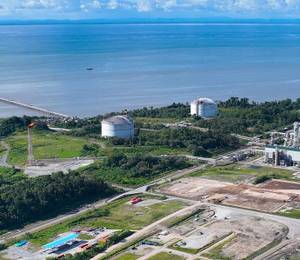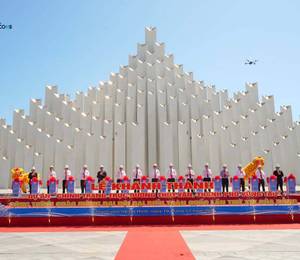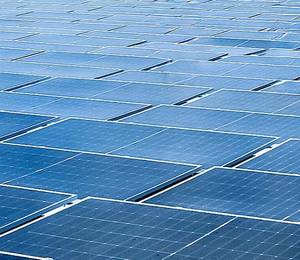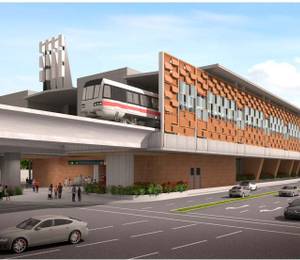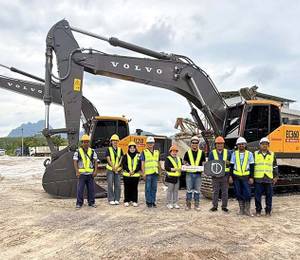One of India’s most ambitious tunnel projects is currently under construction in the Himalayas. With a length of approximately 13 km, the Zoji-La Tunnel will provide a weather-independent connection between the Ladakh and Kashmir regions.
Up until now, it usually took more than three hours for vehicles to cross the Zoji-La Pass. Between November and May, heavy snowfall, avalanches and landslides make it even impossible to cross the pass, meaning that the border region of Ladakh depends on airfreight for only six months of the year.
The new tunnel, which is being built at an altitude of close to 3,500 m in the Himalayas, will shorten the travel time between Srinagar (Kashmir) and Leh (Ladakh) to about 15 minutes and establish a safe, all-year-round connection between the two cities.
Paving in harsh conditions
Lead contractor Megha Engineering and Infrastructures Ltd relied on two road pavers from Vögele to carry out the asphalt paving work in this challenging location. A Super 1400i was deployed inside the tunnel, where the paving team laid down a 6-m-wide layer of dry lean concrete (DLC) with a thickness of 18 cm.
For the paving of the 16.4-km-long and 10.5-m-wide section outside the tunnel, including access roads and bridges, the contractor deployed a second Universal Class paver, a Super 1800-3i. In combination with an AB 600 TV extending screed, the machine could perform well despite the difficult topography and weather conditions.
The paving team laid down a total of three layers with the Super 1800-3i: a 10 cm cement-treated sub-base layer (CTSB) was followed by an 11 cm binder course with a mix formulated especially for the terrain. Finally, a 6 cm surface course of bituminous concrete (BC) was paved on top. The mix used for paving consisted partly of material removed during the construction of the tunnel – which increased the cost-efficiency and sustainability of the project.
To ensure true to grade and slope paving of the three layers, the paving team took advantage of the Niveltronic Plus system for automated grade and slope control. This fully integrated system is precisely matched to the machine technology of the Vögele pavers and can be combined with a variety of different sensors.
The team used a cross-slope sensor and a height sensor to manage the bends and uphill and downhill gradients in the challenging terrain of the Zoji-La Pass. In combination with the cross slope, the measured height on one side of the screed delivered consistently accurate, true to grade and slope paving results across the entire working width. Thus the road level could always be maintained, even in this mountainous region.
Due to the heavy traffic, the route could not be completely closed during the paving work. As such, the paving team decided to pave the road in two lanes, one with a width of 5 m and the other with a width of 5.5 m, which allowed one lane to be kept open to traffic at all times.
